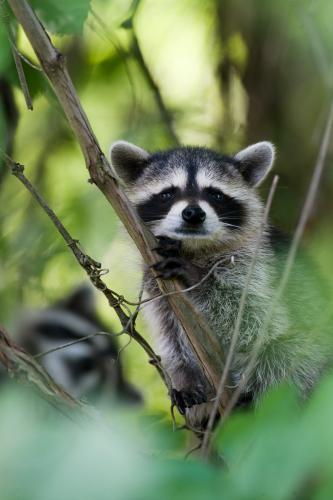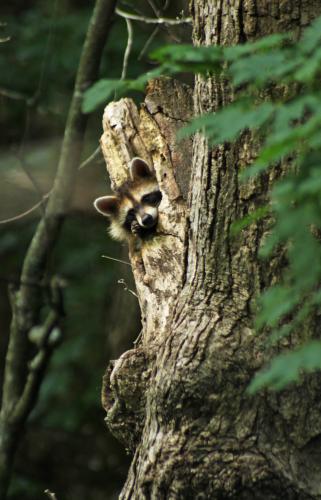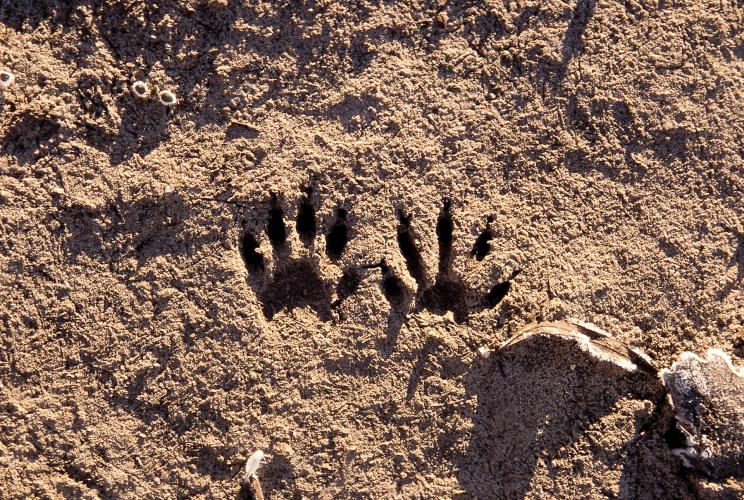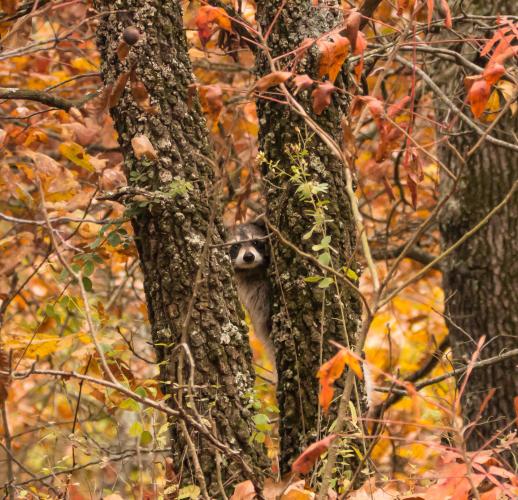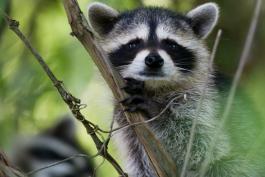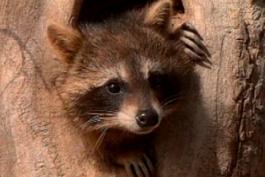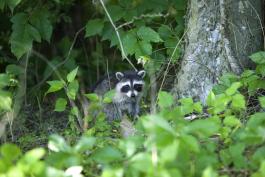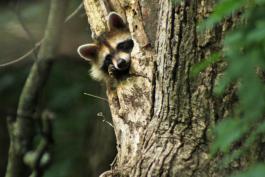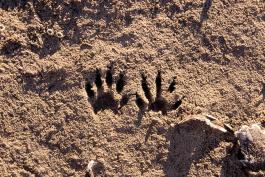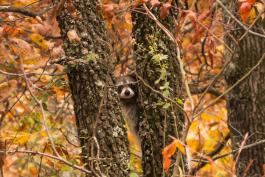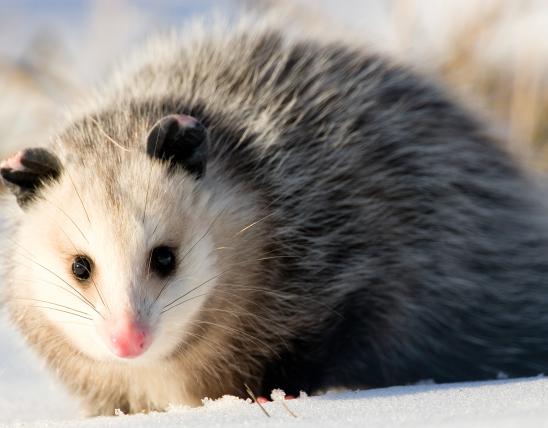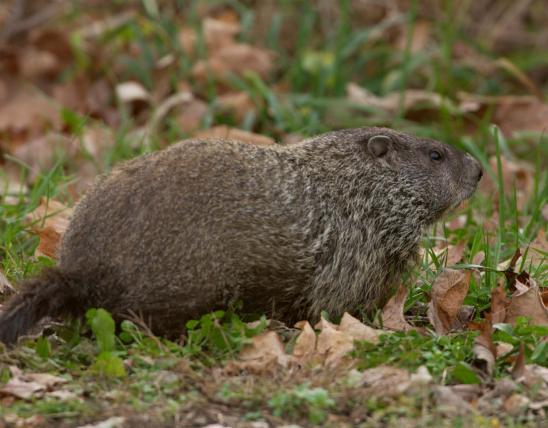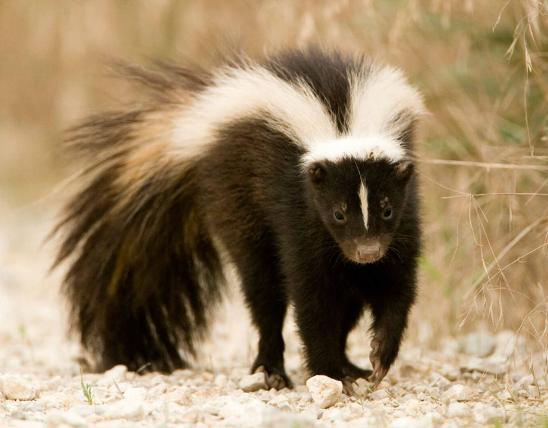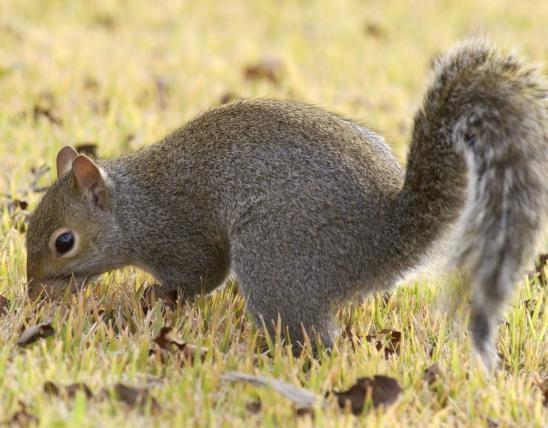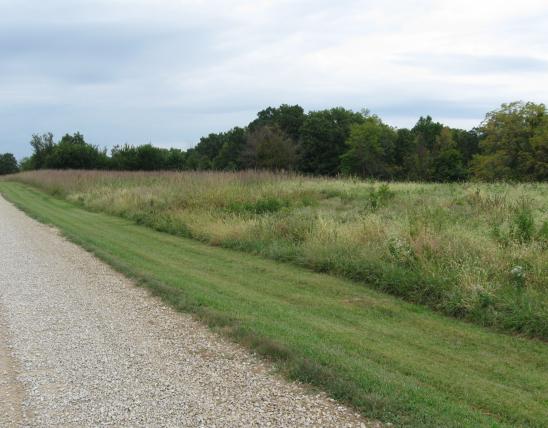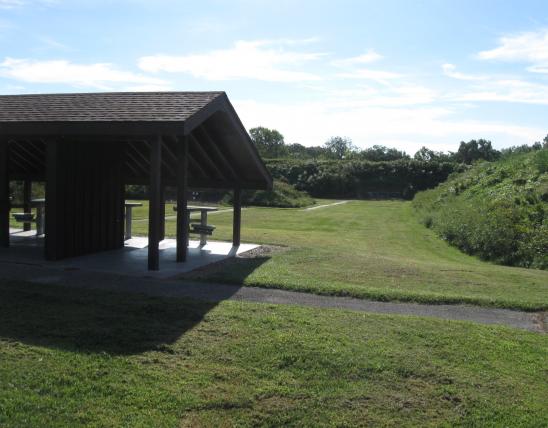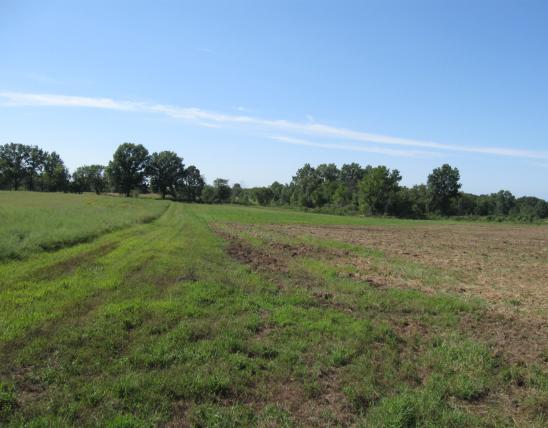Highway 61 divides this area's 148 acres (58 acres to the east and 90 acres to the west). The area consists of approximately 80 percent timbered land and 20 percent open land.
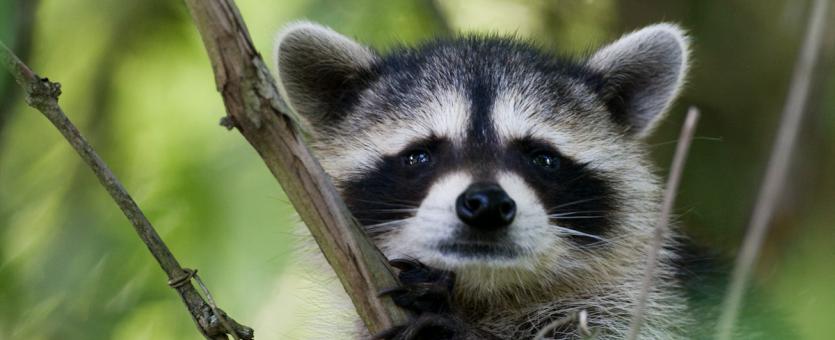
Raccoons are medium-sized, stocky mammals with a prominent black mask over the eyes and a heavily furred, ringed tail about half the length of head and body, a pointed muzzle, and short, pointed ears. The feet are rather long and slender, with naked soles. The upperparts of adults are grizzled brown and black, strongly washed with yellow. Males and females look alike, although males are heavier.
Total length: 21½–38 inches; tail length: 5–12 inches; weight: 6–25 pounds.
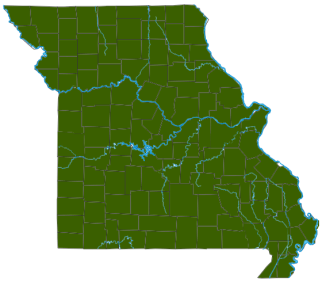
Common throughout the state.
Habitat and Conservation
Raccoons prefer timbered habitat near water. They also may be found in urban and suburban areas. They make their dens in hollow trees, caves, rocky crevices, abandoned woodchuck burrows, and many other places. Raccoons have a home range of 1 to 10 square miles depending on habitat quality.
Most active at night, they are usually solitary. Expert climbers and good swimmers, raccoons are curious, clever, and cunning.
Hunters and trappers may pursue this furbearer species during its prescribed season. In addition, the Wildlife Code of Missouri allows landowners to control raccoons that have become a nuisance. Check MDC Hunting Regulations and Raccoon Control for details.
Food
Raccoons eat both plant and animal matter, including persimmons, grapes, Osage oranges, blackberries, grasses, corn, acorns, pecans, and other nuts, as well as crayfish, clams, fish, snails, a wide range of insects, frogs, snakes, bird eggs, mice, squirrels, rabbits, and more.
Status
The state’s raccoon population reached a low point in the 1940s and has been rebounding ever since, in part due to regulated hunting and trapping as well as an increase in suitable habitat.
Life Cycle
Most breeding occurs in February, and most litters are born in April or early May, though some litters are born as late as August. The young are usually weaned by August but stay with their mothers until the next spring.
Control
Human Connections
Raccoons are a valuable fur and game species. In numbers harvested, raccoons outrank all other Missouri furbearers. Their fur is used for coats, collars, muffs, and trimmings. Also, many hunters enjoy pursuing them with hounds, and the meat is delicious when roasted. Raccoons eat insects and mice and only rarely cause extensive damage to corn, gardens, or chickens.
Ecosystem Connections
Raccoons are valuable members of the ecosystem, functioning as herbivores, as carnivores, and as prey themselves. They help disperse seeds of the numerous fruits they consume.
Signs and Tracks
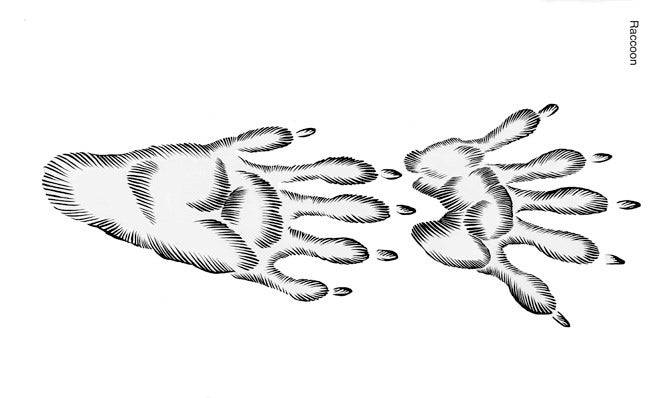
Front track:
- 2½–3 inches long
- 5 toes
- width and length generally equal.
Hind track:
- 3¾–4 inches long
- 5 toes
- much less wide than narrow
- like a small human footprint, except for the long toes.
Other notes:
- Raccoon tracks are common in Missouri, especially in mud along streams and ponds, and other shorelines.
- The tracks look like small bare hands.
- The claws often leave marks.
- Raccoons walk flat-footed (with heels touching the ground), like people and bears.
- Often confused with opossum tracks.
- Raccoons are dormant or inactive in winter, while opossums stay active. Raccoon breeding begins in February.
- Raccoons often walk in a meandering pattern, overturning leaf litter as they hunt for worms.
- The distance between strides is about 12 inches (varies with size and speed).
- Walking prints have the left front track beside the right hind track, and the right front track beside the left hind track.
